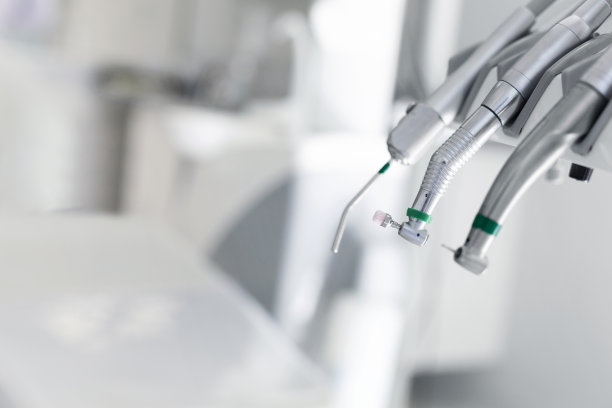Navigating the Journey of Tooth Extraction Understanding the Process Recovery and Aftercare for a Pain-Free Experience
Summary: Tooth extraction can be a daunting experience, but understanding the process, recovery, and aftercare can make it a smooth journey. This article discusses the essential steps involved in tooth extraction, from the initial consultation through post-operative care. By navigating through the anticipated pain, recovery tips, and aftercare practices, patients can ensure a more comfortable experience. Additionally, it provides insights into the potential risks and how to manage them to promote healing. Our goal is to guide you through every step, ensuring that you feel empowered and informed for a pain-free tooth extraction process.
1. Understanding the Tooth Extraction Process

The process of tooth extraction is typically initiated during a dental consultation. During this visit, your dentist or oral surgeon will assess the tooth that needs removal and discuss the reasons behind the extraction. This may include severe decay, infection, or orthodontic purposes. Understanding the reason for extraction is core to alleviating anxiety and preparing for the procedure.
Next, the dentist will review your medical history and perform a comprehensive examination of your mouth. X-rays may be taken to better visualize the tooth and its roots, especially if it’s impacted. The thoroughness of this step is pivotal, as it influences the technique to be used during extraction, making sure its tailored for your specific case.
Finally, the day of the procedure arrives. Before beginning, the dentist will discuss anesthesia options—local anesthesia being common, but sedation may also be advised based on your comfort level and the complexity of the extraction. Once you are appropriately prepared, the dentist will proceed with the extraction using the chosen method.
2. Anticipating Pain and Discomfort
Its natural to have concerns regarding pain during and after tooth extraction. Understanding the different pain management options can significantly ease your worries. During the extraction, local anesthesia should numb the area around the tooth, which typically mitigates pain sensation. Some patients may even opt for sedation to enhance comfort throughout the process.
Post-extraction, some discomfort may inevitably follow as the anesthesia wears off. This is when effective pain management strategies play a crucial role. Over-the-counter analgesics such as ibuprofen or acetaminophen are commonly recommended. Your dentist may also prescribe stronger painkillers if deemed necessary, ensuring you manage discomfort adequately.
It’s essential to closely monitor your pain levels following the procedure. If pain escalates or remains unmanageable, contacting your dentist is crucial. They can advise you on additional pain management techniques or assess for any potential complications that may need addressing.
3. Key Recovery Tips After Extraction
Recovery from tooth extraction largely hinges on following your dentist’s recommendations. Immediately after the procedure, it’s vital to rest and allow your body to start healing. Take the first day post-extraction easy, minimizing physical activity to reduce the risk of complications such as bleeding or discomfort.
Diet plays a significant role during recovery. Start with soft foods and liquids for the first few days, avoiding anything too hot, spicy, or crunchy that may irritate the extraction site. Examples of suitable foods include yogurt, applesauce, and mashed potatoes. Staying hydrated is equally important, but remember to use a straw cautiously, as sucking can dislodge blood clots.
Another essential recovery tip is managing your oral hygiene. While it’s crucial to keep the mouth clean, avoid brushing directly at the extraction site for the initial days. Gentle rinsing with warm salt water can help in maintaining cleanliness without disrupting the healing process.
4. Aftercare Practices for Effective Healing
Following aftercare instructions closely can significantly enhance your healing experience. Firstly, its essential to monitor for any signs of infection, such as increased swelling, pus, or fever. If these symptoms occur, seeking prompt medical attention is critical to prevent complications.
Another vital aftercare tip involves controlling your physical activities. Steering clear of strenuous exercises or heavy lifting for a few days can help in preventing bleeding or other complications. Engaging in light activities like walking is generally safe after the initial healing period.
Lastly, keeping follow-up appointments with your dentist is paramount for a well-rounded recovery. These visits provide an opportunity for your dentist to monitor healing, remove stitches if necessary, and address any concerns you may have. An open line of communication with your dental care provider is critical in ensuring a smooth recovery.
Summary: Undergoing a tooth extraction involves understanding the entire process, from the dental consultation to post-operative care. The key lies in anticipating discomfort, following recovery tips, and adhering to aftercare practices. By equipping yourself with this knowledge, you can navigate this dental procedure confidently, ensuring a pain-free and efficient recovery.
This article is compiled by Vickong Dental and the content is for reference only.



